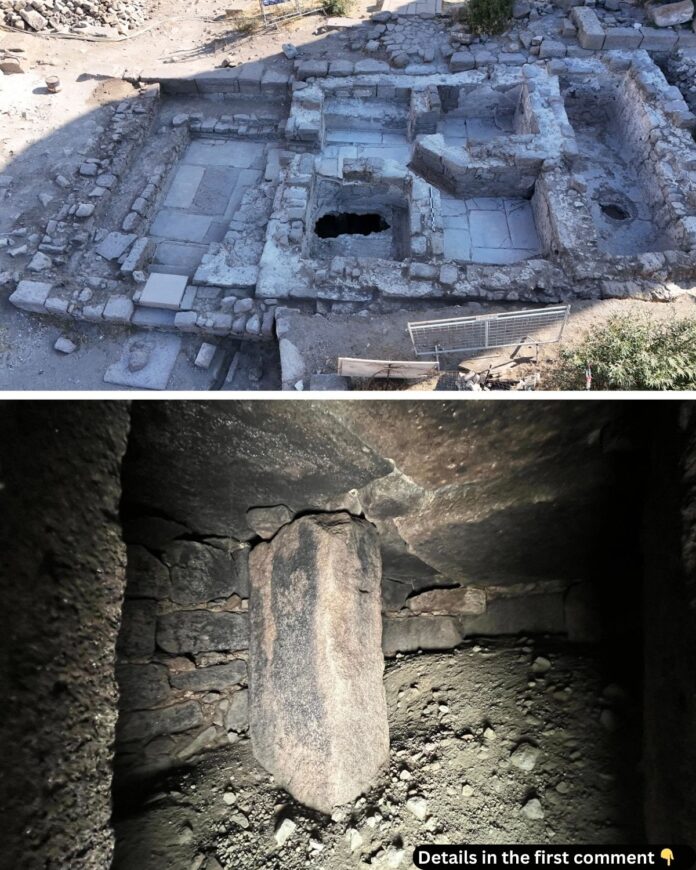The ancient city of Assos, perched atop a volcanic hill overlooking the Aegean Sea, continues to whisper tales of its vibrant past. Recent excavations have unveiled a remarkably well-preserved 14th-century Ottoman bath, offering a rare glimpse into early engineering marvels and cultural practices. This discovery not only enriches our understanding of Türkiye’s historical tapestry but also cements Assos as a timeless treasure for archaeologists and history enthusiasts alike.
The Historical Context of Assos
Assos, located in the Ayvacik district of Canakkale province, is one of Türkiye’s most historically significant archaeological sites. Settled as early as the 7th century BC, Assos served as a vital hub for ancient Greeks, Romans, Byzantines, and later, the Ottoman Empire. Its strategic position overlooking the Aegean allowed it to thrive as a center for commerce, culture, and intellectual exchange.
Excavations in Assos began in the 1800s under American archaeologists, marking the city as a site of significant historical interest. After decades of dormancy, Turkish archaeologists resumed digs in 1981, uncovering structures such as the Temple of Athena and a well-preserved ancient theater. Today, the city’s layered history continues to unfold, with the latest discovery offering fresh insights into its Ottoman chapter.
Step into the epic ruins of Assos, where Aristotle changed history – watch the video to explore the ancient site and its profound influence on philosophy and science!
The Discovery of the Ottoman Bath
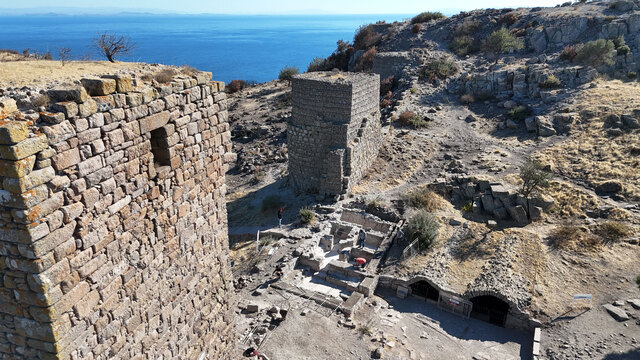
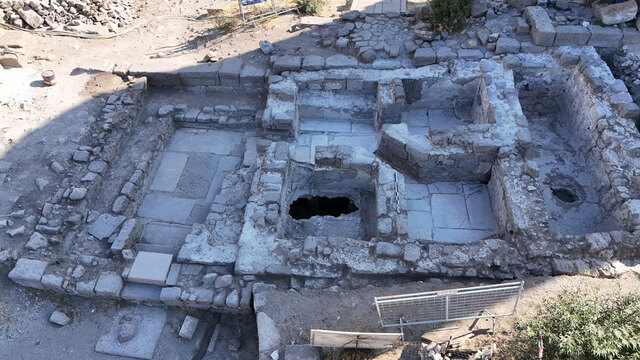
Located behind a mosque in the acropolis of Assos, the bath is a small yet remarkably well-preserved structure from the early Ottoman period. Professor Nurettin Arslan, head of the excavation team from Canakkale Onsekiz Mart University, highlighted the significance of the find, noting its intricate design and advanced engineering features.
Central to the bath’s design is its cehennem—a hypocaust system that provided underfloor heating. This sophisticated feature not only underscores the architectural ingenuity of the Ottomans but also offers insights into their understanding of water usage and thermal technologies. The bath’s layout and construction techniques align with similar structures built during the reign of Sultan Murad I, suggesting it was part of a broader architectural ensemble that included a mosque and bridge.
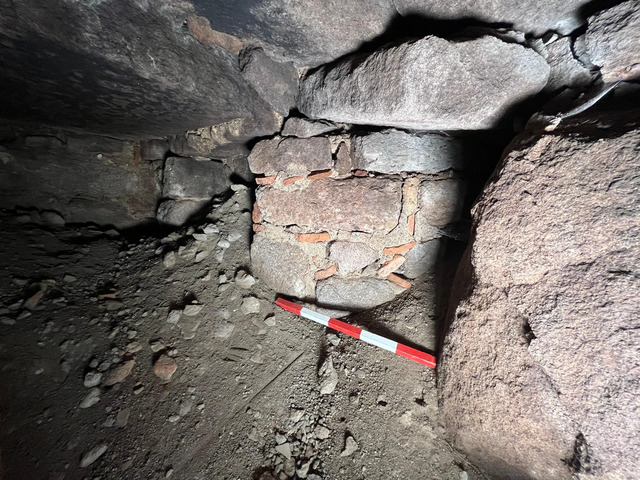
The Unique Marble Slab
Among the bath’s most intriguing features is a marble slab discovered in the changing room. Engraved with a 5th-century inscription from the reign of Emperor Zeno, the slab predates the bath itself and provides valuable information on taxation, land ownership, and legal practices of the time. This discovery highlights the practice of repurposing older materials in Ottoman constructions, a testament to their resourcefulness.
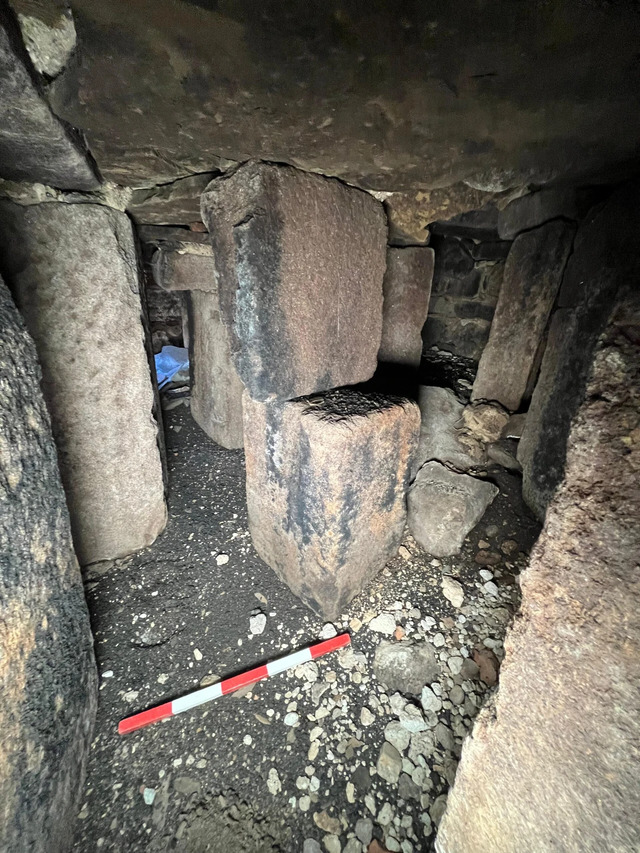
The inscription is currently undergoing analysis, with scholars hoping to unlock further details about the socio-economic landscape of the era. Its presence within an Ottoman structure adds layers of historical complexity, connecting the early Ottoman period to the region’s deeper Byzantine roots.
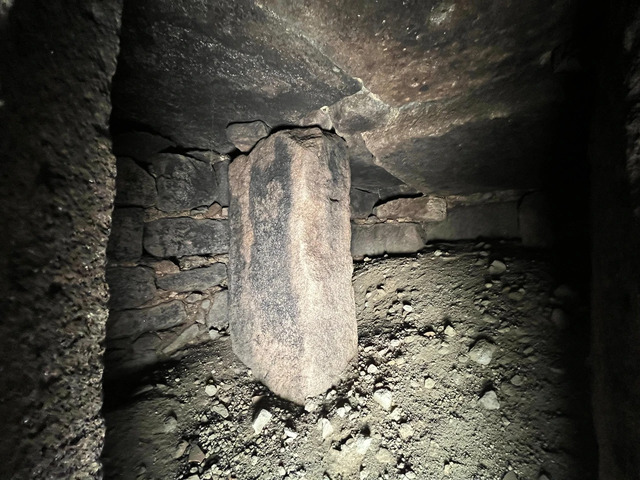
Artifacts Linking the Bath to Sultan Murad I
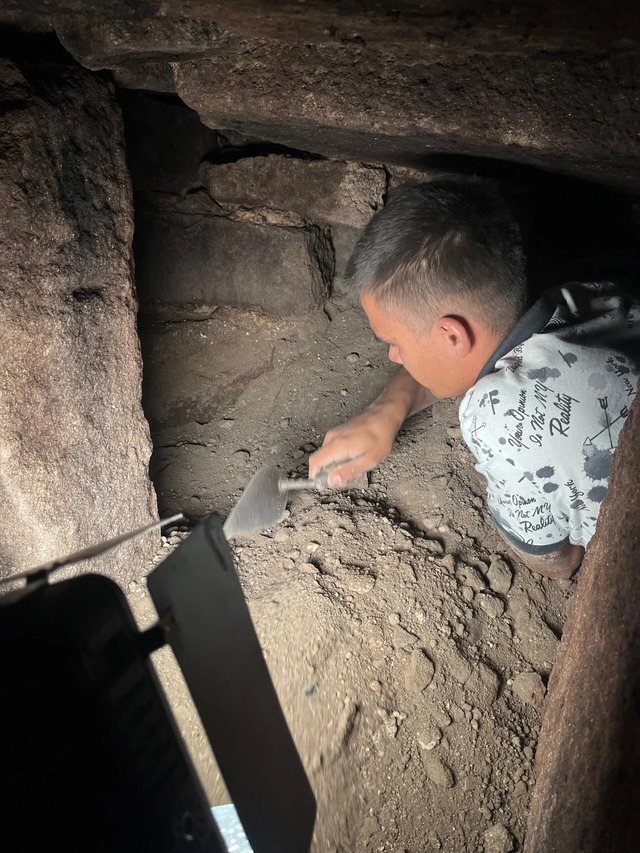
In addition to its architectural features, the bath yielded artifacts such as coins and ceramics dating to the reign of Sultan Murad I, further confirming its 14th-century origins. These findings suggest that the bath was constructed alongside other structures in Assos during Murad I’s rule. The artifacts not only help date the site but also provide clues about the daily lives of its users, from their economic activities to their aesthetic preferences.
A Glimpse into Early Ottoman Engineering
The discovery of the Ottoman bath offers a rare opportunity to study early Ottoman engineering techniques. The hypocaust system, for instance, reflects a sophisticated approach to heating, while the use of locally sourced stone and marble demonstrates the resourcefulness of Ottoman builders. The intricate design of the bath also reveals the Ottomans’ emphasis on functionality and aesthetics, making it both a practical and culturally significant structure.
The bath’s 14-meter passage and well-preserved carvings further distinguish it from other Ottoman-era structures, marking it as a masterpiece of its time. Its design underscores the importance of hygiene, relaxation, and community gatherings in Ottoman culture, offering a window into the values and priorities of the era.
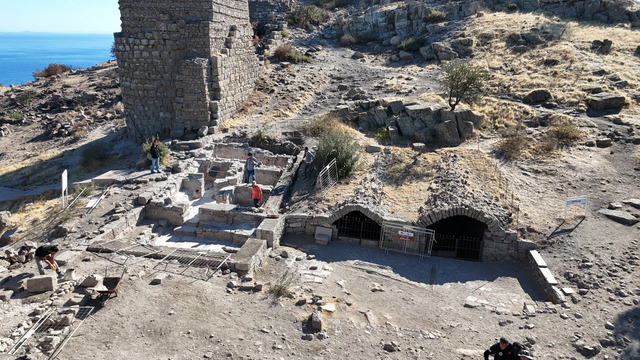
Broader Implications of the Discovery
The unearthing of this Ottoman bath contributes to a deeper understanding of Assos’ layered history. While much of the city’s narrative has been dominated by its ancient Greek and Roman past, this discovery highlights the significance of its Ottoman chapter. The bath stands as a testament to the continuity of urban life in Assos, bridging the ancient and medieval worlds.
Moreover, the discovery underscores the importance of preserving historical sites like Assos. Each artifact, inscription, and architectural feature provides invaluable insights into the past, enriching our understanding of human civilization. By preserving these stories, projects like Legacy for the Future ensure that future generations can continue to learn from and appreciate Türkiye’s cultural heritage.
Video
Take a look at a 1,000-year-old castle toilet – watch the video to discover this remarkable piece of history and how it offers a glimpse into medieval life!
Conclusion
The discovery of the 14th-century Ottoman bath in Assos is a remarkable achievement, shedding light on early Ottoman architecture and engineering while enriching the historical narrative of this ancient city. From its advanced hypocaust system to the enigmatic marble slab, the bath offers a unique glimpse into the ingenuity and culture of the early Ottoman period.
As archaeologists continue to explore Assos, each finding adds to the city’s rich tapestry, ensuring its stories are preserved for generations to come. This latest discovery not only enhances our understanding of Assos but also underscores the enduring importance of archaeological research in preserving humanity’s shared heritage.
